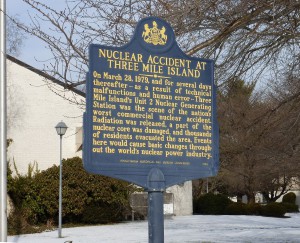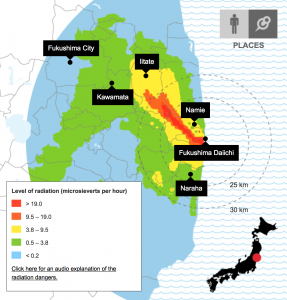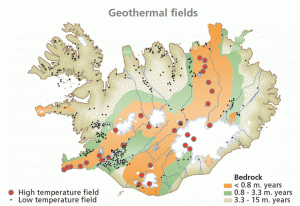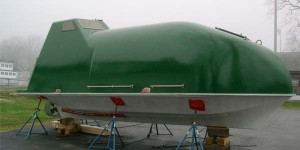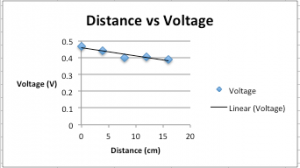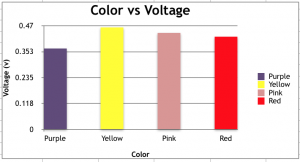Introduction
Oil and gas prices have been going down internationally for the last six months. There are several reasons for this, and one of them is the increased availability of alternative energy sources, like energy from natural gas. Natural gas is released from the earth by fracking, and this blog post will explain how the increase in fracking may be influencing the reduction in worldwide gas prices.
Why Oil and Gas Prices are Currently Low
According to the International Business Times, “The price drop [in oil and gas] is due to Saudi Arabia and other oil-rich OPEC countries not pulling back on crude production”. But the reasoning is more complicated than that, because the next question is: Why aren’t they?

The above graph is from the same article referenced above, and shows how the price of crude oil dropped from $140/barrel in 2008 to $36/barrel in 2015. As the article said, there is now a glut in the market because oil and gas is being produced at the same rate, but demand is down.
So supply is remaining steady while demand is down. Why is demand down? One reason is that there is a greater use in the US and Europe for energy-efficient cars, such as hybrids, which take less gas. Second, the US itself has become the world’s largest oil producer (though not world largest exporter). It’s cheaper for the US to buy oil from itself because it does not have to transport it or deal with international trade rules.
Finally, in general, people are switching to other sources of energy, and that includes natural gas. Natural gas is released from the earth by a process called fracking.
What is Fracking?
Fracking, also known as hydraulic fracturing, is a technique designed to recover gas and oil from shale rock. The BBC made a short video cartoon explaining how fracking works.
Advantages of fracking include being able to extract difficult-to-reach resources of oil and gas, and having been part of the reason why the US has significantly improved its domestic oil and gas production, as described earlier. Fracking is controversial because of its effects on the environment; it can release toxins into the ground, groundwater, and air. Also, worker injuries and on-site explosions are a risk.
How Fracking Lowers Oil and Gas Prices
The main way that fracking has lowered oil and gas prices currently is that it has allowed the US to become the world’s biggest oil producer. Since the US Energy Information Administration says that, “In 2015, the United States consumed a total of 7.08 billion barrels of petroleum products, an average of about 19.4 million barrels per day,” since the US is not importing the oil, the oil is cheaper for us. This makes it so that world oil prices have decreased.
Conclusion
In conclusion, the relationship between oil prices and fracking right now has a lot to do with the US. Because the US is a large consumer of oil, and also, found a cheaper way to produce it domestically, the world price of oil is going down. This is also because, even though this has happened in the US, the OPEC countries are not controlling their production, either. If they were to lower it, the price of oil worldwide would go up – but the US would still enjoy the discount associated with having local oil produced that does not have transportation and international trade costs connected.

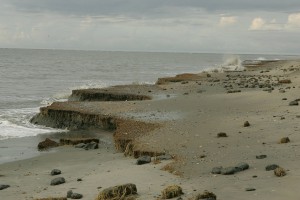


 In the Energized! Exhibit, one part of the exhibit showed how energy levels generated by solar energy change throughout the
In the Energized! Exhibit, one part of the exhibit showed how energy levels generated by solar energy change throughout the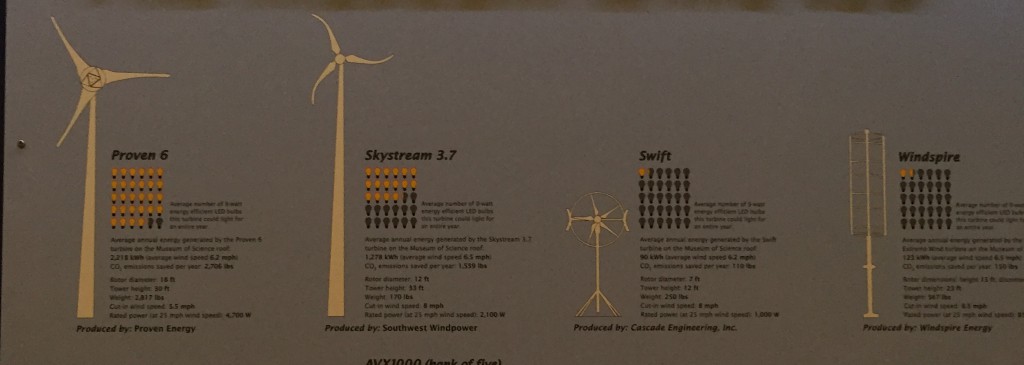
 On the left, you will see a picture I took of the first part I mentioned. The flaps over the wooden boxes show an example of a type of waste. When you lift the flap, inside is an example of a product that can be made through this type of waste As you can see on the right, a person is lifting the flap and showing a type of garment that can be made out of recycled materials. The point of this part of the display was to show how different household waste we see every day could be changed into something new that we need at home.
On the left, you will see a picture I took of the first part I mentioned. The flaps over the wooden boxes show an example of a type of waste. When you lift the flap, inside is an example of a product that can be made through this type of waste As you can see on the right, a person is lifting the flap and showing a type of garment that can be made out of recycled materials. The point of this part of the display was to show how different household waste we see every day could be changed into something new that we need at home. In this display, there was a steering wheel (lower right). As I turned the steering wheel, it would generate electricity that
In this display, there was a steering wheel (lower right). As I turned the steering wheel, it would generate electricity that Finally, the Investigate exhibit encouraged us to consider some ideas from a scientific perspective. I was very interested in a particular exhibit that showed how a toilet flushed. I took a video of this, but I had trouble posting it, so I will post the picture here. Notice that in the toilet bowl, there are two white floating ping pong balls. When it is flushed, we can see the balls travel to the left through the pipes.
Finally, the Investigate exhibit encouraged us to consider some ideas from a scientific perspective. I was very interested in a particular exhibit that showed how a toilet flushed. I took a video of this, but I had trouble posting it, so I will post the picture here. Notice that in the toilet bowl, there are two white floating ping pong balls. When it is flushed, we can see the balls travel to the left through the pipes.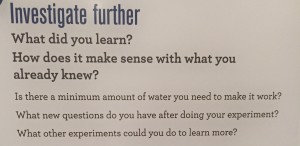 To answer some of these questions, I learned the process of how the mechanisms in a toilet work to push the water along, since it was transparent. It made sense now with the sound I would hear with the flush; I now can see what happens along with the sound. Also, I was able to see how narrow this was, and I totally understand why people are told not to put too much paper in the toilet! It is easy to plug.
To answer some of these questions, I learned the process of how the mechanisms in a toilet work to push the water along, since it was transparent. It made sense now with the sound I would hear with the flush; I now can see what happens along with the sound. Also, I was able to see how narrow this was, and I totally understand why people are told not to put too much paper in the toilet! It is easy to plug.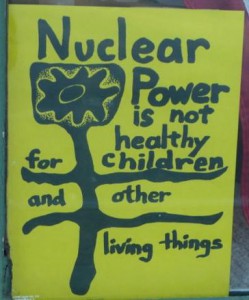 arguments the director was making. For example, a journalist was interviewed who said he used to be on the anti-nuclear side, but now he changed. He said the reason he changed was that he spent a lot of time with physicists and finally learned how nuclear energy really works. He was very passionate, but he was not convincing. He didn’t explain what it is he learned from these physicists that made him change his mind.
arguments the director was making. For example, a journalist was interviewed who said he used to be on the anti-nuclear side, but now he changed. He said the reason he changed was that he spent a lot of time with physicists and finally learned how nuclear energy really works. He was very passionate, but he was not convincing. He didn’t explain what it is he learned from these physicists that made him change his mind.
